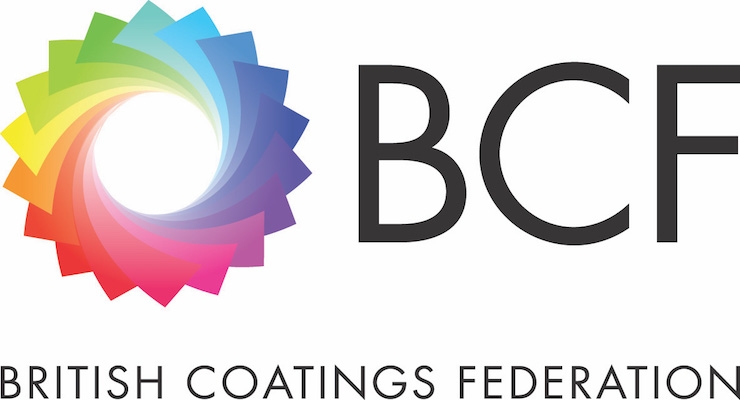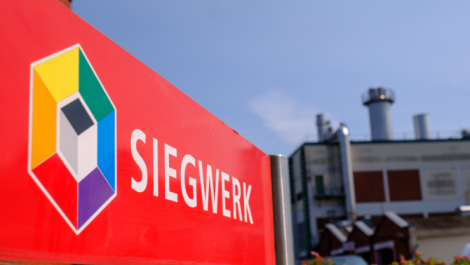BCF queries EU’s titanium dioxide classification
Published: 19 February 2020 | No comments yet

The British Coatings Federation has urged people not be alarmed, despite The European Union classifying titanium dioxide as a category 2 suspected carcinogen by inhalation.
The paints, coatings and printing inks industries are the largest user globally of titanium dioxide, which is one of the most important raw materials to the sector. The BCF describes titanium dioxide as ‘an inert inorganic compound that is used as a white pigment in many industrial applications.’
These applications include the manufacture of paints, coatings, printing inks and wallcoverings where titanium dioxide plays a critical role in providing essential product properties: whiteness, covering power, brightness, stability and durability of colour that cannot be achieved with other raw materials.
Whilst the classification of titanium dioxide is only for the powder form of the substance, and does not apply to liquid mixtures of paints, coatings or printing inks containing titanium dioxide, or wallpaper, there are concerns of knock on effects for waste legislation and recycling, for both liquid paints and printing inks and also white plastic containing more than one percent of titanium dioxide. This could have a major impact on UK and EU recycling targets. The classification of titanium dioxide also sets a precedent for many other substances with similar properties, of which there are many hundred, and will directly affect powder coatings, which will be classified.
Commenting on the science behind the classification, BCF CEO Tom Bowtell said, ‘The one scientific study behind the classification was based on tests with rats, where respirable titanium dioxide dust was inhaled in excessive quantities, leading to significant impairment of particle clearance mechanisms in the rats’ lungs. This is an effect that would not happen in human lungs. The effect is not caused by the chemistry of titanium dioxide but by the simple presence of dust particles in excessive quantities in the lungs, causing chronic inflammation of the rats’ lung cells. On top of this, the rats were exposed to levels of titanium dioxide approximately 40 times the maximum a factory worker might be exposed to in his or her job, so it is highly unlikely that any production employee handling titanium dioxide powder could ever be exposed to such levels.
‘Exposure to titanium dioxide powder may occur during manufacturing of our members’ products. However, both in the UK, and across the EU, regulations exist that protect workers from dust exposure. Studies over many years have not found any correlation between workers exposed to titanium dioxide, and the risk of lung cancer. As mentioned above, it is unreasonable to consider any worker will ever be exposed to relevant concentrations. For this reason, we believe that the existing occupational dust limits are sufficient to tackle the concern, and we therefore do not agree with this classification under CLP.’
The rest of this content is restricted - login or subscribe free to access
Thank you for visiting our website. To access this content in full you'll need to login. It's completely free to subscribe, and in less than a minute you can continue reading. If you've already subscribed, great - just login.
Click here to Subscribe today Login here









